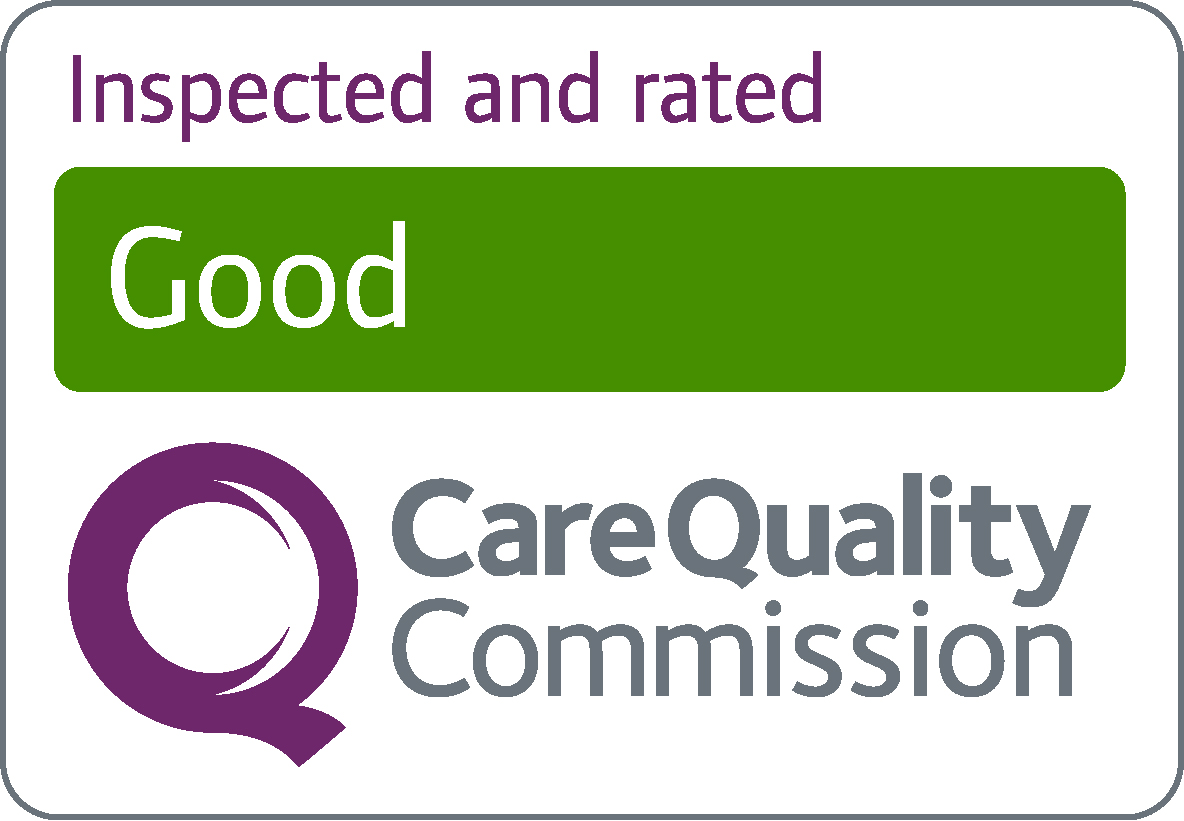August 20, 2025
Venesection for Haemochromatosis: A Patient Guide
Hereditary haemochromatosis is an inherited disorder in which the intestine absorbs excessive iron from the diet. This iron progressively deposits in organs—including the liver, pancreas, and heart—leading to potentially severe complications over time.
Venesection, or therapeutic phlebotomy, is the mainstay treatment at the diagnosis stage. Chequers Health provides this safe and effective procedure for patients in Greater Manchester, enabling steady iron level normalisation and long-term organ protection.
Purpose of Venesection in Haemochromatosis
In this condition, iron load, assessed by serum ferritin, escalates progressively without therapeutic intervention. Excess iron can lead to:
- Fibrosis and cirrhosis of the liver
- Endocrine failure manifesting as diabetes
- Cardiomyopathy and arrhythmias
- Arthropathy
- Persistent fatigue
The venesection procedure systematically removes iron-laden erythrocytes. This stimulates the body to mobilise stored iron for erythropoiesis, thereby incrementally lowering ferritin to an acceptable and stable level.
Frequency of Sessions
Therapeutic management generally consists of two sequential stages:
- Intensive Stage—Venesection is performed biweekly or weekly until ferritin falls below 50 µg/L. This interval may continue for three to six months depending on the initial burden of iron.
- Maintenance Stage—Venesection is then scheduled every two to four months to sustain ferritin within the designated target range.
Individual frequency is calibrated by reviewing serum iron indices, clinical symptoms, and the rate of iron reassimilation.
Anticipated Experience During Venesection:
- Pre-Venesection Assessment—Haemoglobin and ferritin concentrations are checked to confirm that volume removal remains within both therapeutic and safety limits.
- Venesection Itself—Approximately 450 mL of whole blood is withdrawn from a superficial forearm vein, with the procedure typically completing in ten to fifteen minutes.
- Post-Procedure Care—The patient is observed for a brief interval, encouraged to hydrate, and counseled to forgo vigorous exercise for the remainder of the day.
The intervention is generally well tolerated, though transient post-donation symptoms such as mild hypotension or fatigue may be experienced.
Preparing for a Venesection Appointment
- Hydration is important; drink plenty of water in the hours leading up to your visit.
- A light meal is recommended to minimise the possibility of dizziness during and after the procedure.
- Dress in loose sleeves to allow easier access to the vein.
- If you can, keep your schedule light for the rest of the day to allow time for recovery.
Internal Links
What Is Venesection Therapy?
Private Venesection in Bolton
Can Venesection Help Lower High Ferritin Levels?
FAQs About Venesection for Haemochromatosis
No. It keeps iron levels in check, but the hereditary condition itself is lifelong. Ongoing maintenance is necessary.
Improvements in fatigue can be felt within weeks, but joint pain may take longer or may not resolve fully.
In general, no. The blood is collected for the specific purpose of treatment, not for transfusion to others.
Yes. Regularly scheduled sessions are the only way to prevent iron from accumulating again.
Iron levels will start to rise, and, over time, this increases the risk of damage to the organs.


